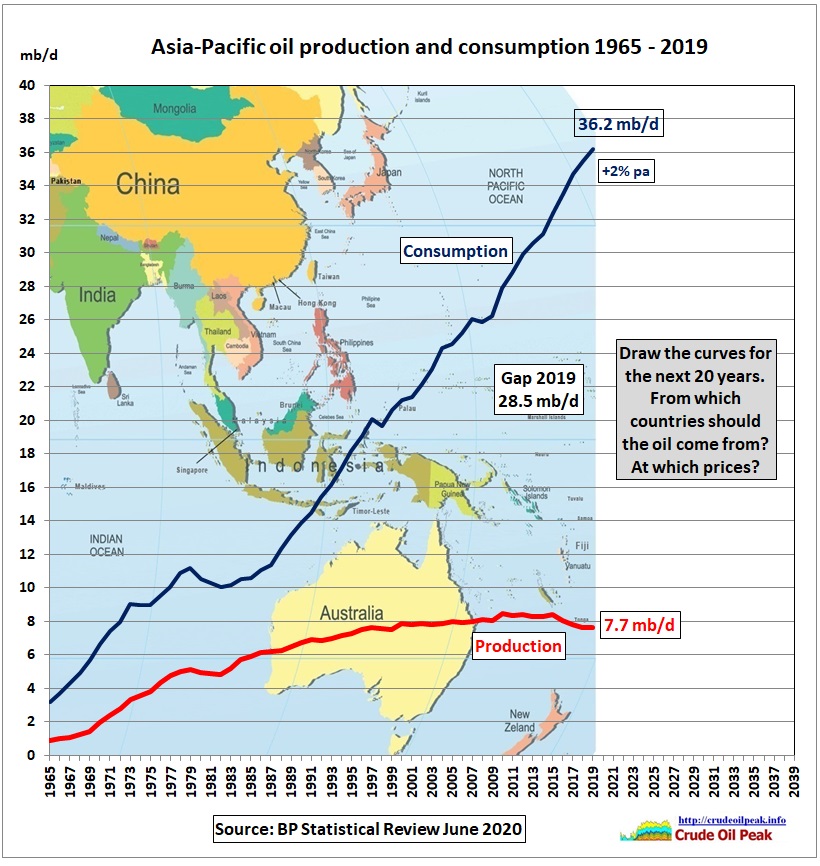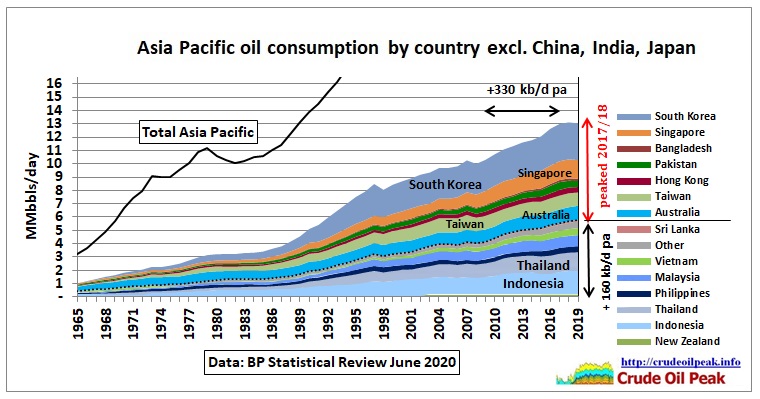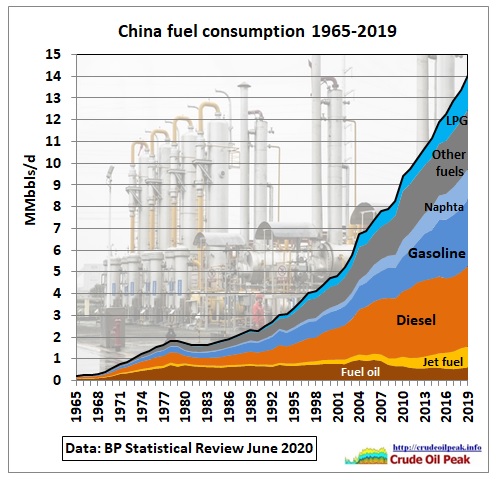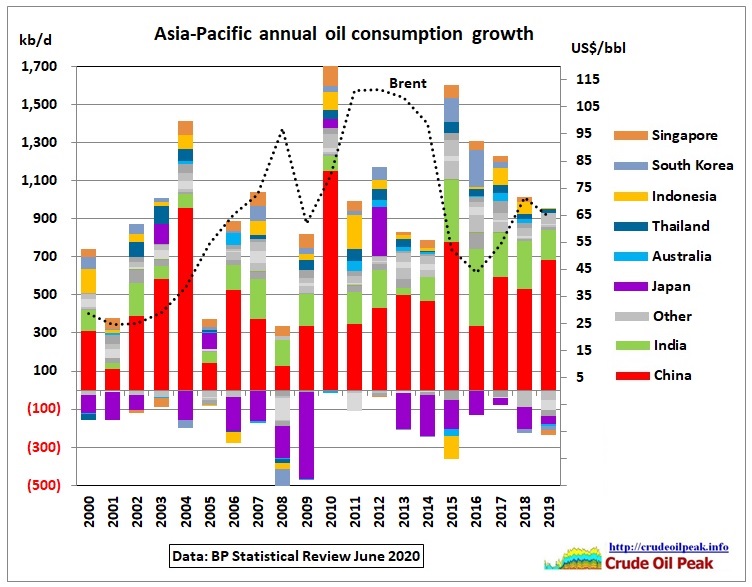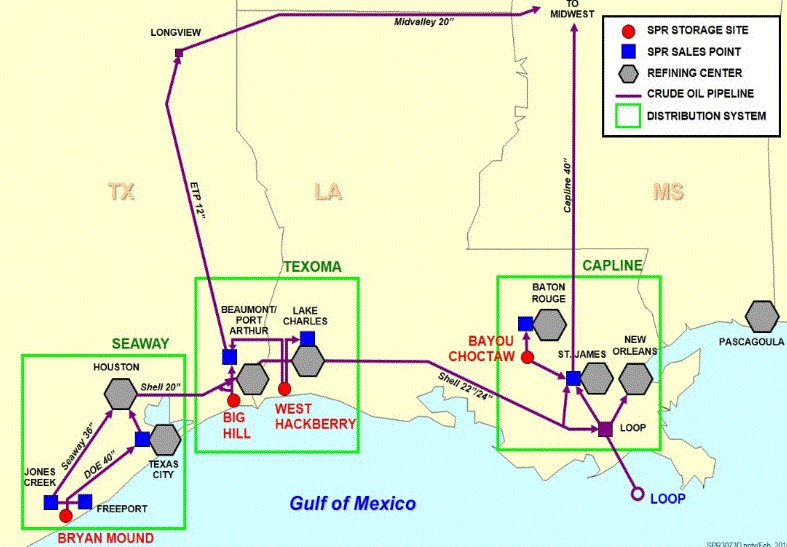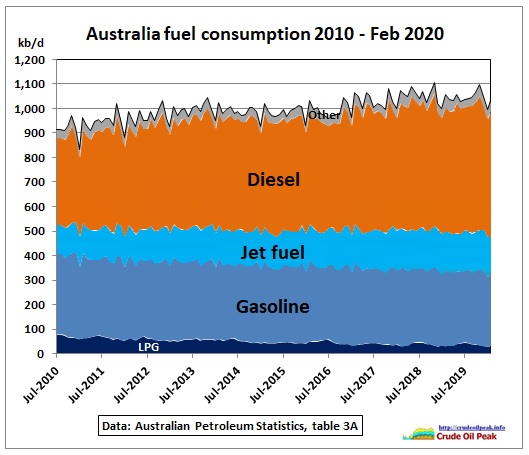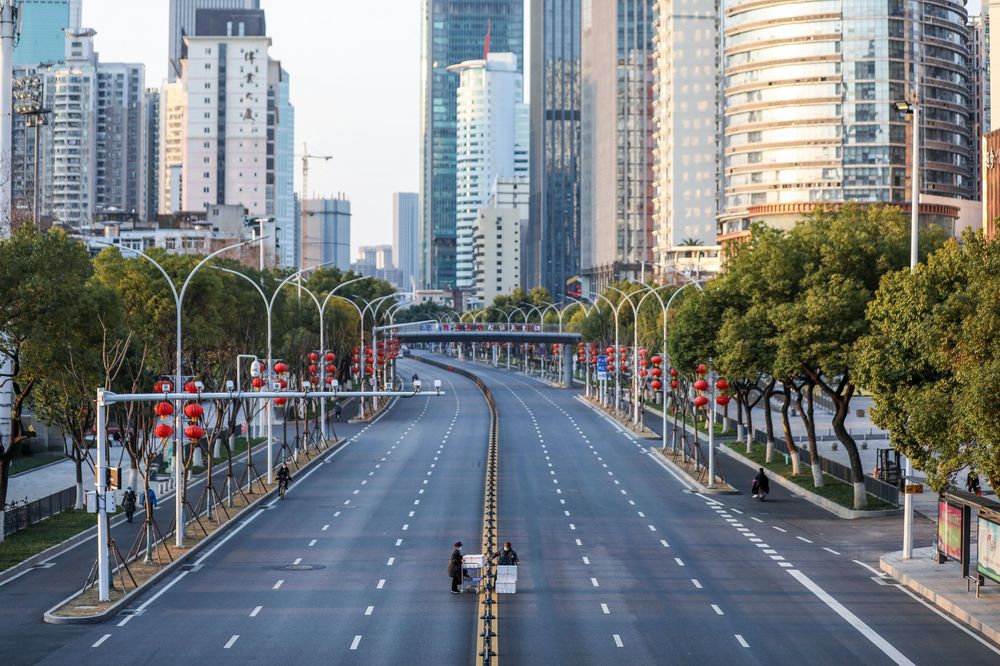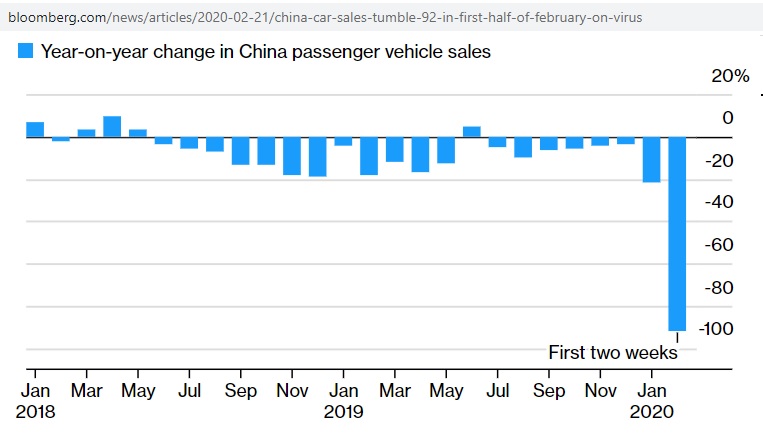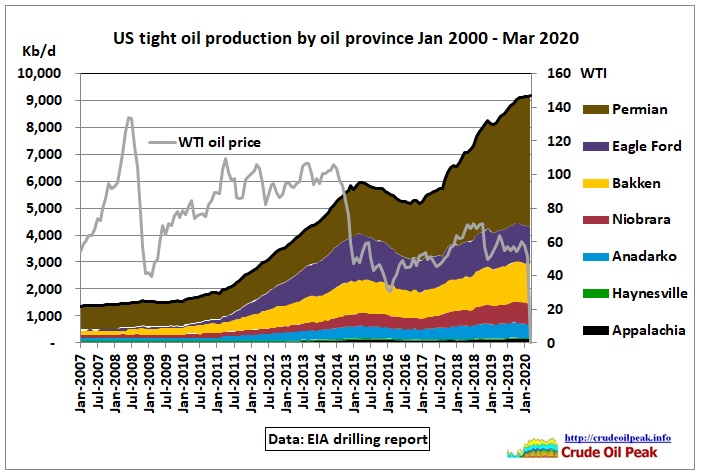In March 2022 Australia’s petroleum product imports have reached almost AU$ 4 bn per month, an increase of 70% compared to December 2019.
 Fig 1: Petroleum product imports by volume (black lines) and value (brown line)
Fig 1: Petroleum product imports by volume (black lines) and value (brown line)
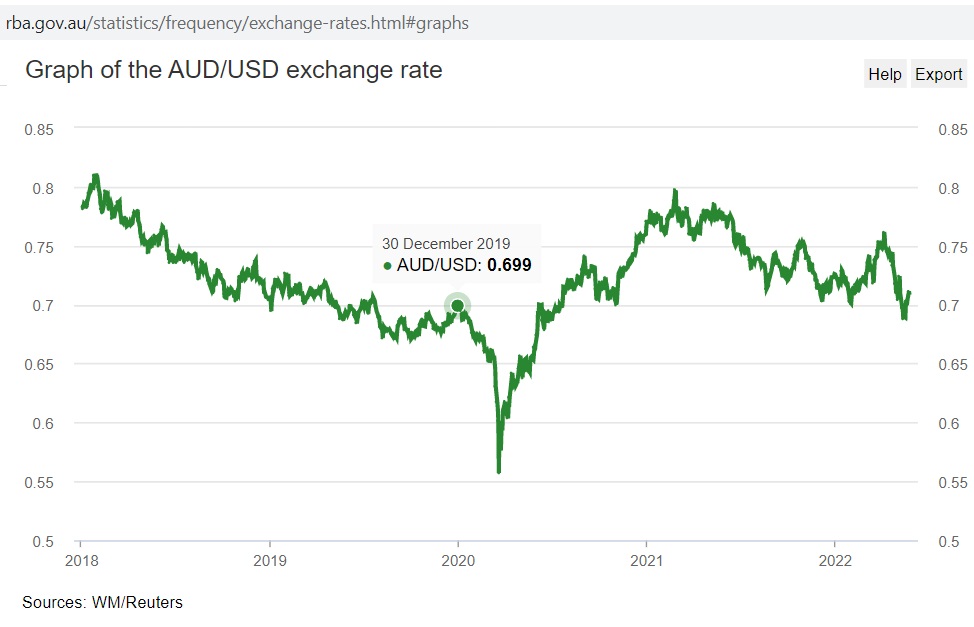 Fig 2: Australian dollar to US$ exchange rate
Fig 2: Australian dollar to US$ exchange rate
The Australian Dollar was also around 0.7 US$ in December 2019, just like in May 2022 so it was not the exchange rate which drove up the bill in that period. It is the closure of Australian refineries (caused by peak oil of international oil companies), the oil price and the competition for fuels on the Asian market.
The Morrison government’s election-opportunistic cut of fuel excise duty by 50% until Sep 2022 will of course not reduce this import burden on the balance of payments. Fuel imports are now 12% of goods and services imports:
 Fig 3: Goods and services debits (imports)
Fig 3: Goods and services debits (imports)
https://www.abs.gov.au/statistics/economy/international-trade/international-trade-goods-and-services-australia/latest-release#goods-and-services-debits-imports-seasonally-adjusted
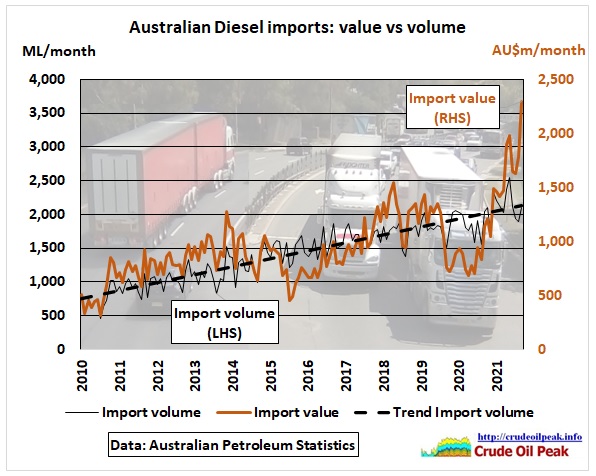 Fig 4: Diesel imports by volume and value
Fig 4: Diesel imports by volume and value
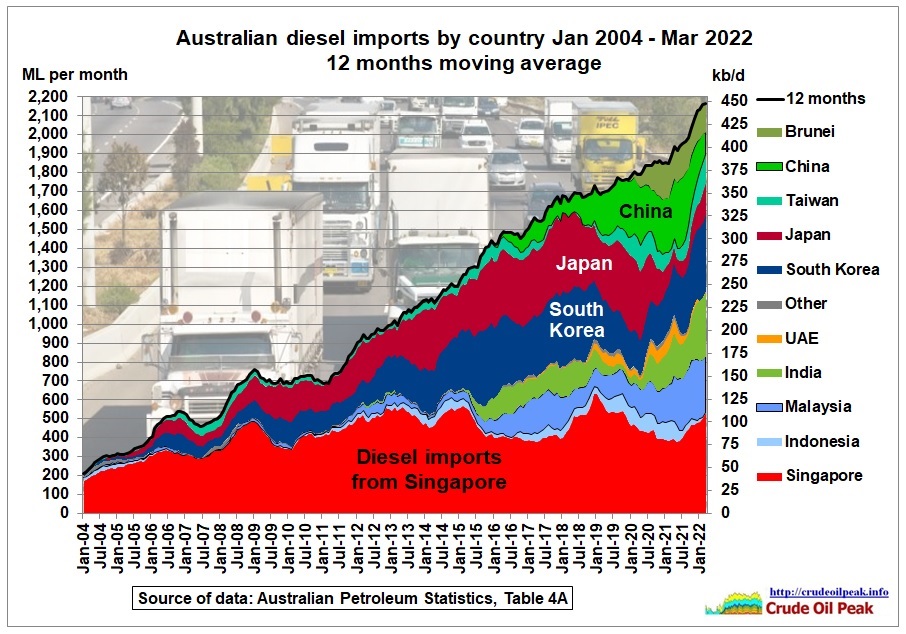 Fig 5: Diesel imports by country
Fig 5: Diesel imports by country
Australia’s dependency on China and a brand-new Chinese refinery in Brunei in the last years is clearly visible.
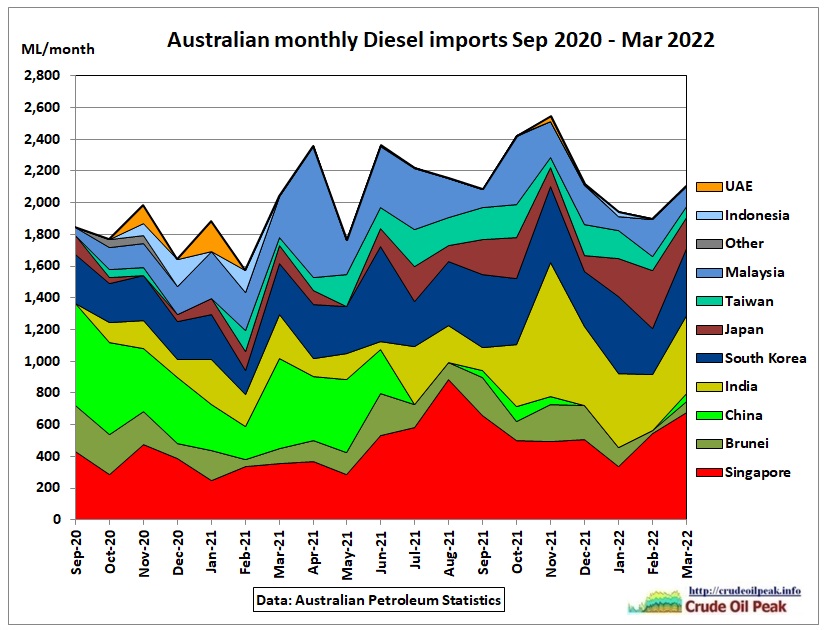 Fig 6: Monthly diesel imports
Fig 6: Monthly diesel imports
Imports change from month to month depending on the arrival of tankers. Diesel from China has been replaced by Diesel from India.
 Fig 7: Petrol imports by value and volume
Fig 7: Petrol imports by value and volume
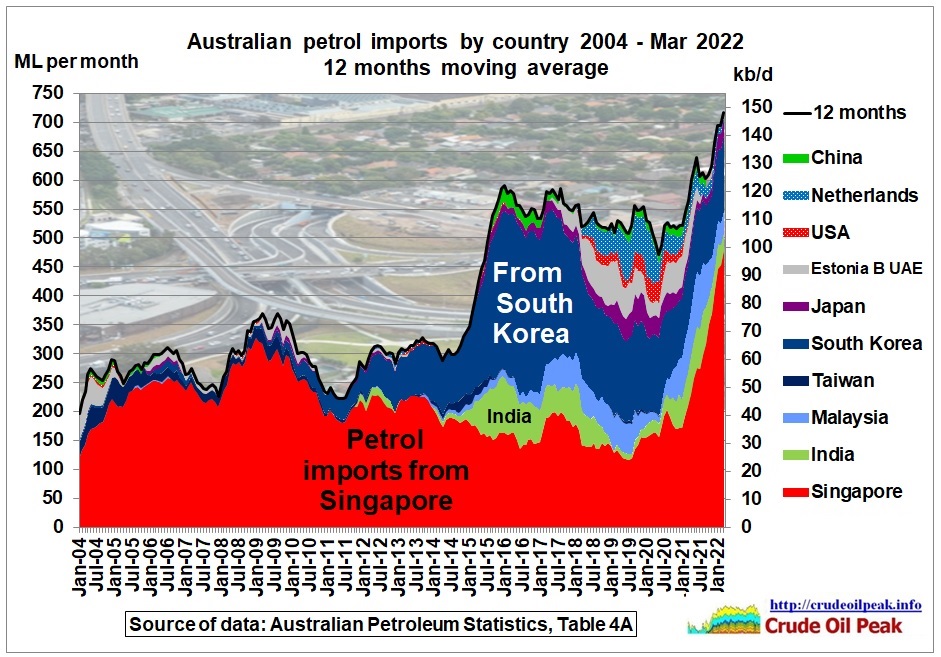 Fig 8: Petrol imports by country. Singapore now dominates
Fig 8: Petrol imports by country. Singapore now dominates
 Fig 9: Jet fuel imports by value and volume
Fig 9: Jet fuel imports by value and volume
If jet fuel imports go back to their pre-Covid levels of, say, 600 ML/month the jet fuel import bill will double to A$ 700/month.
Conclusion: Australia must reduce its thirst for transport fuels. No new projects should be started which increase fuel consumption.
Related posts:
Australian Oil Stocks Consumption Cover
22 Mar 2022
https://crudeoilpeak.info/australian-oil-stocks-consumption-cover
9/12/2021
Australia crude oil import vulnerabilities Sep 2021 data
http://crudeoilpeak.info/australia-crude-oil-import-vulnerabilities-sep-2021-data
15/2/2021
Exxon-Mobil’s refinery closure in Australia: peak oil context
https://crudeoilpeak.info/exxon-mobils-refinery-closure-in-australia-peak-oil-context
14/11/2020
Australia’s BP Kwinana refinery closure: peak oil context
https://crudeoilpeak.info/australias-bp-kwinana-refinery-closure-peak-oil-context


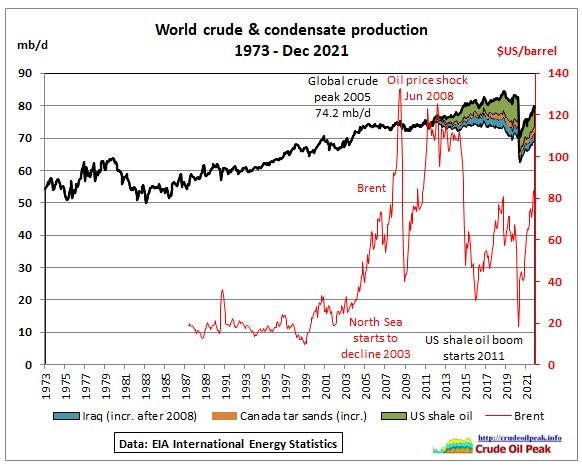 Fig 1: Graph showing additional unconventional and Iraqi crude production after 2008
Fig 1: Graph showing additional unconventional and Iraqi crude production after 2008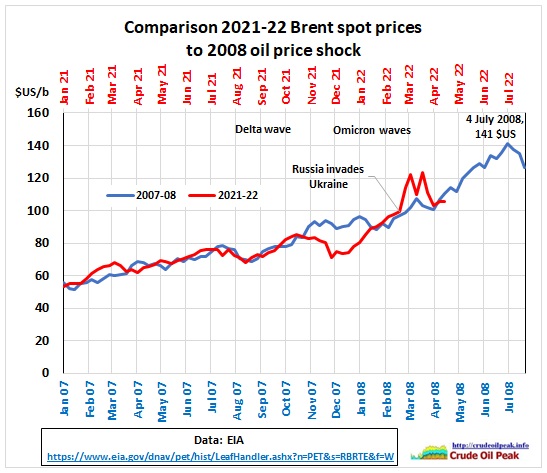 Fig 2: Current oil price path compared to 2007/08
Fig 2: Current oil price path compared to 2007/08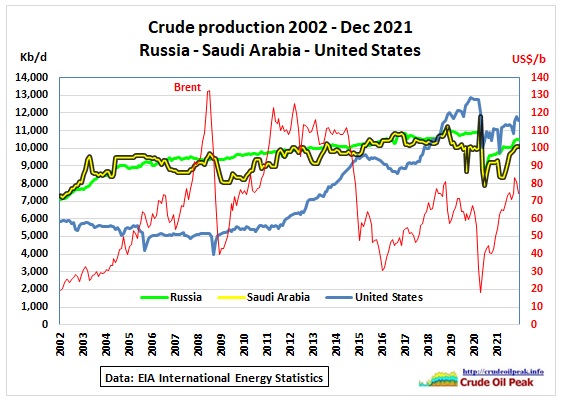 Fig 3: Crude oil production from the 3 big producers
Fig 3: Crude oil production from the 3 big producers Fig 4: Countries with the largest changes are stacked on top
Fig 4: Countries with the largest changes are stacked on top
 Fig 2: Crude production peaked before Covid at around 10.6 mb/d
Fig 2: Crude production peaked before Covid at around 10.6 mb/d Russian oil production might never recover to pre-coronavirus levels, the country’s Energy Ministry has forecast, according to the Kommersant business paper.
Russian oil production might never recover to pre-coronavirus levels, the country’s Energy Ministry has forecast, according to the Kommersant business paper. Fig 3: Rystad’s projection of Russian oil production to 2030
Fig 3: Rystad’s projection of Russian oil production to 2030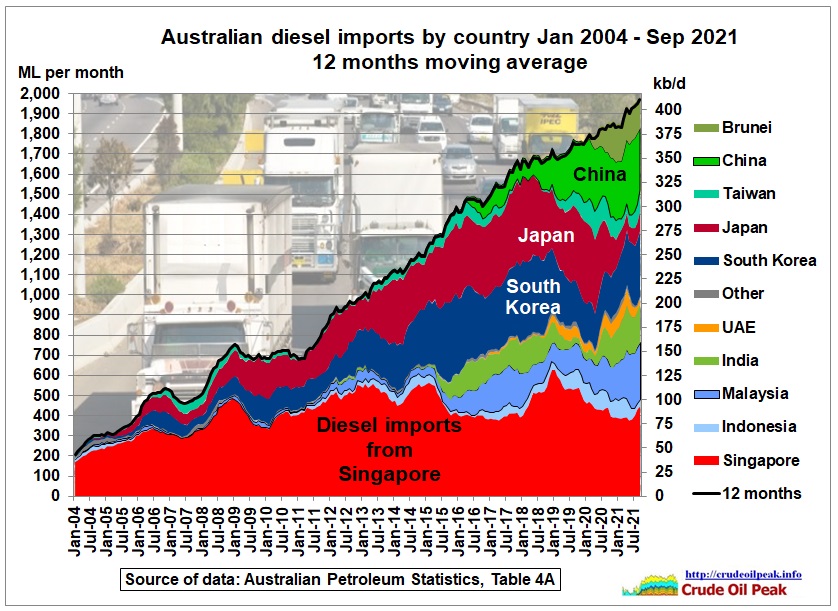 Fig 15: Diesel imports
Fig 15: Diesel imports Fig 16: Diesel imports from China have been increasing but were nil in July/Aug 21
Fig 16: Diesel imports from China have been increasing but were nil in July/Aug 21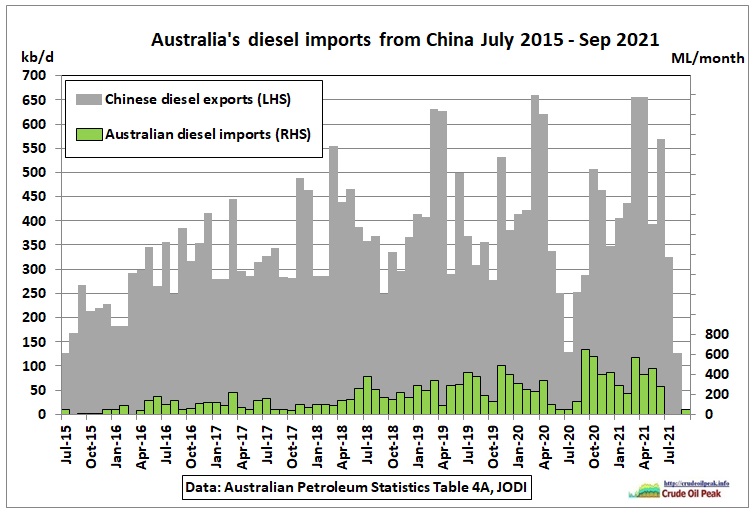 Fig 17: Australian diesel imports compared to China’s diesel exports
Fig 17: Australian diesel imports compared to China’s diesel exports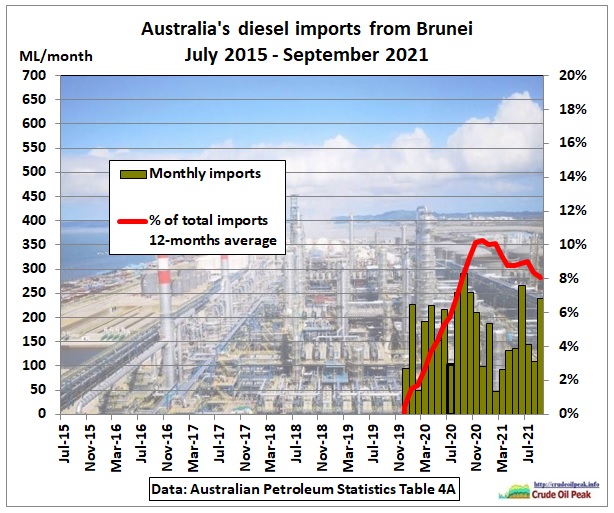 Fig 18: Diesel imports from Brunei
Fig 18: Diesel imports from Brunei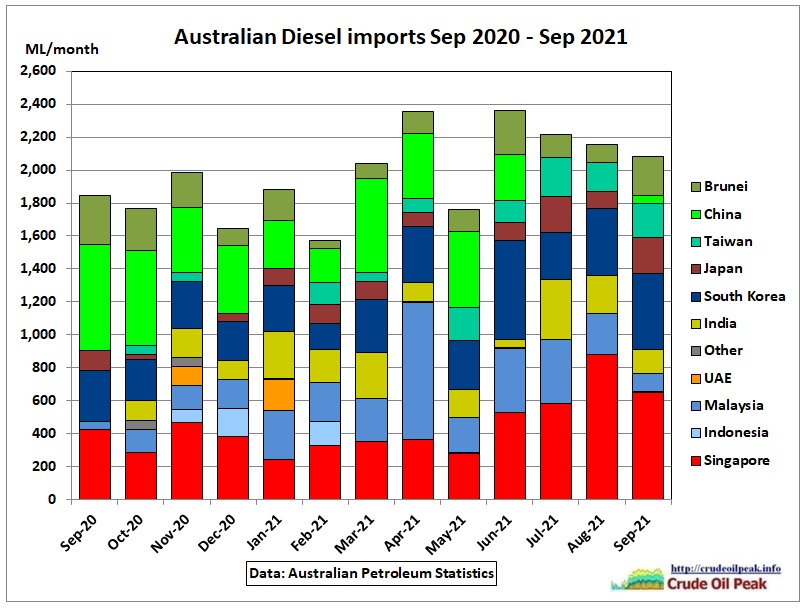 Fig 19: Monthly diesel imports in last 13 months
Fig 19: Monthly diesel imports in last 13 months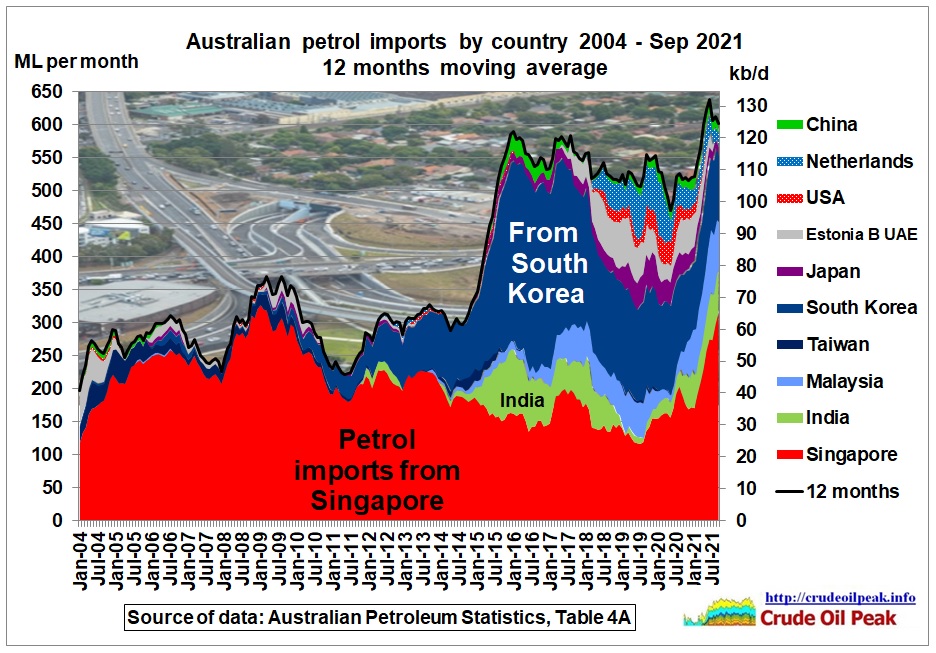 Fig 20: Petrol imports by country
Fig 20: Petrol imports by country Fig 21: Monthly petrol imports in last 13 months
Fig 21: Monthly petrol imports in last 13 months Fig 22: Covid impact of petrol consumption by State
Fig 22: Covid impact of petrol consumption by State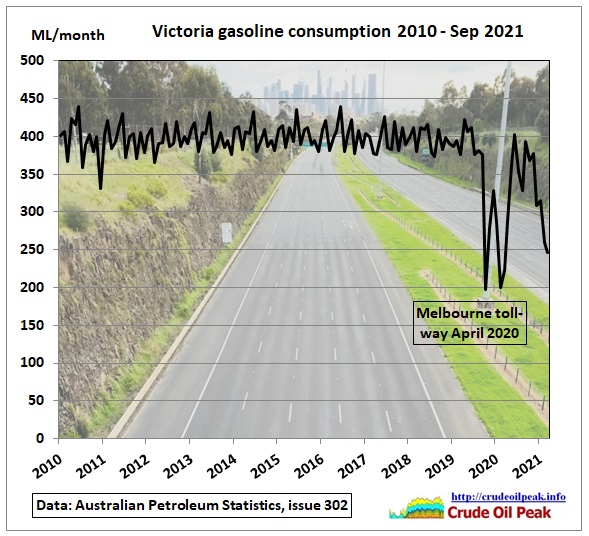 Fig 23: Petrol consumption in Victoria
Fig 23: Petrol consumption in Victoria Fig 24: NSW petrol consumption
Fig 24: NSW petrol consumption Fig 1: Aljazeera video on truck lines October 2021. Shortages could last for months
Fig 1: Aljazeera video on truck lines October 2021. Shortages could last for months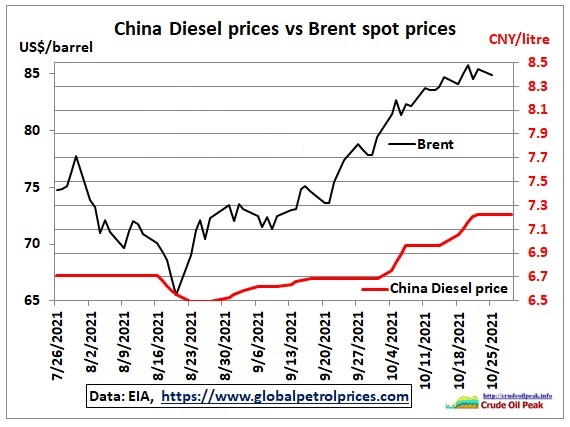 Fig 2: Comparison Chinese Diesel prices – Brent spot prices
Fig 2: Comparison Chinese Diesel prices – Brent spot prices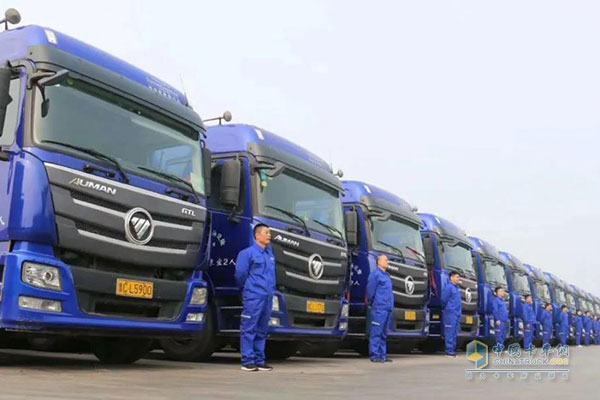 Fig 3: Line-up of new trucks for the Chinatrucks website
Fig 3: Line-up of new trucks for the Chinatrucks website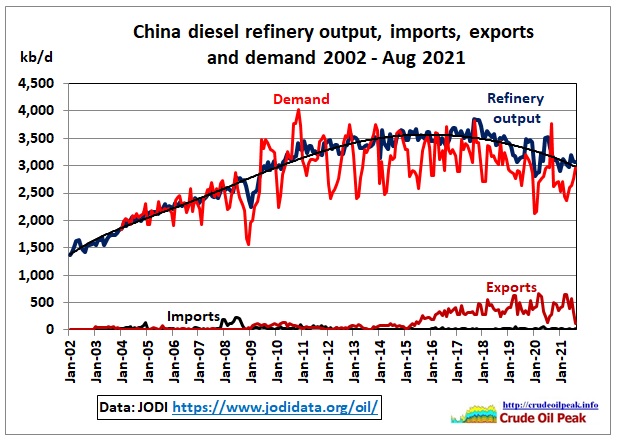 Fig 4: China’s diesel demand, refinery output, imports and exports
Fig 4: China’s diesel demand, refinery output, imports and exports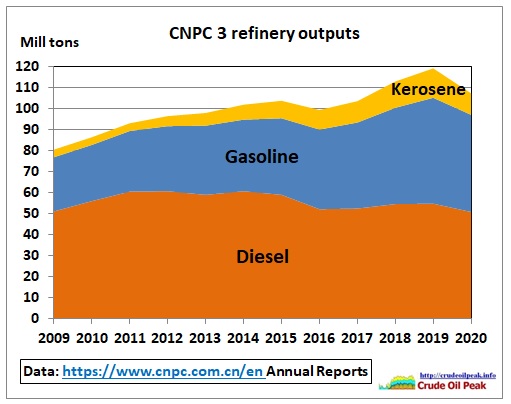 Fig 5: China National Petroleum Company: Diesel, gasoline, kerosene production
Fig 5: China National Petroleum Company: Diesel, gasoline, kerosene production Fig 1: Australia’s emissions from the quarterly December 2020 report
Fig 1: Australia’s emissions from the quarterly December 2020 report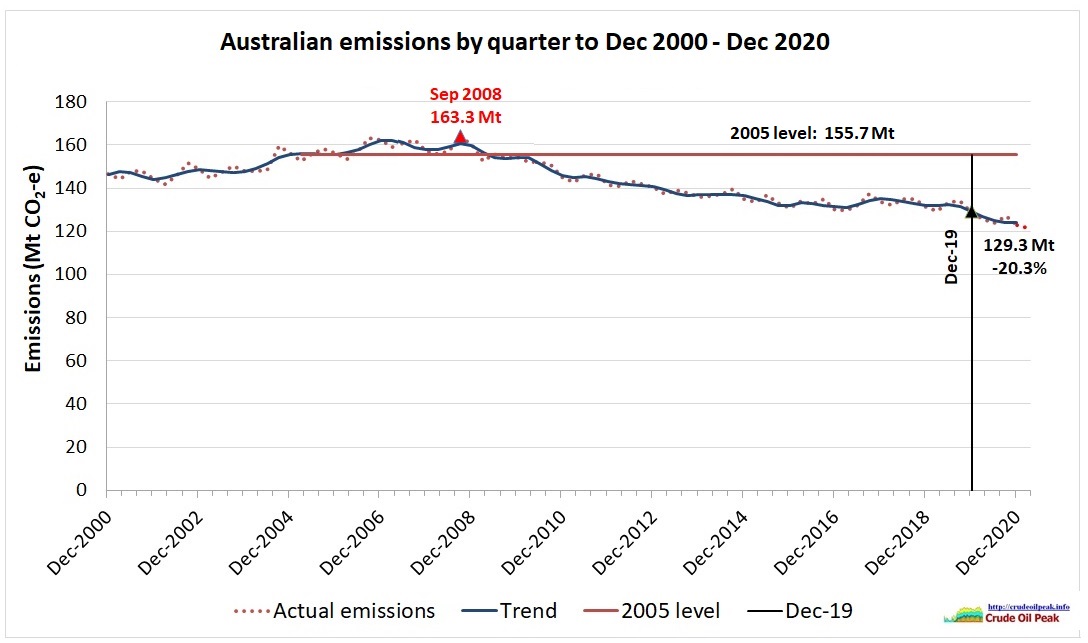 Fig 2: Quarterly emissions zero scaled with 2005 (trend) level
Fig 2: Quarterly emissions zero scaled with 2005 (trend) level Fig 1: Diesel imports timeline – by country
Fig 1: Diesel imports timeline – by country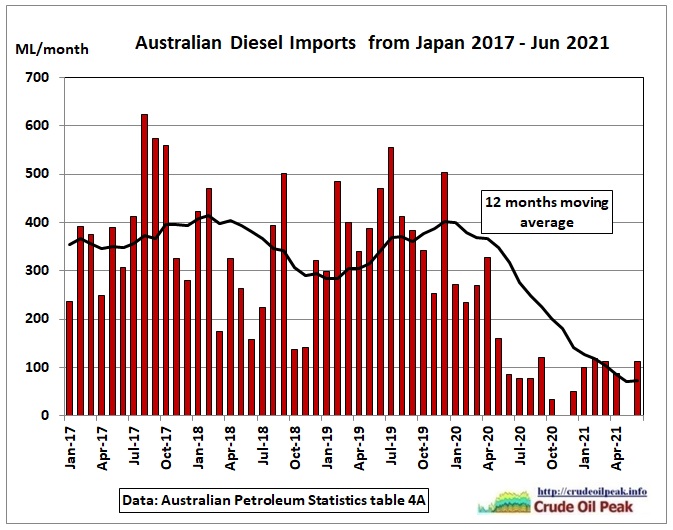 Fig 2: Diesel imports from Japan dropped by 75%
Fig 2: Diesel imports from Japan dropped by 75%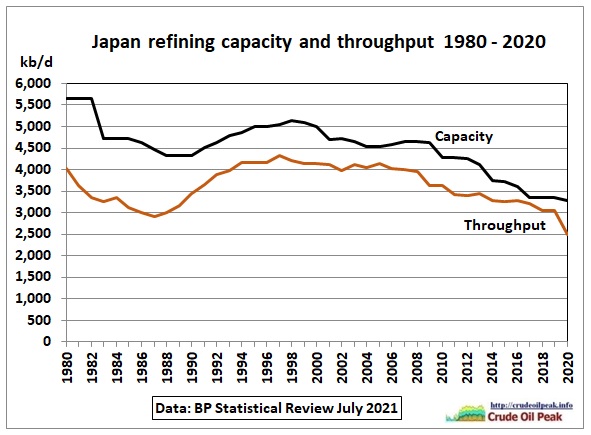 Fig 3: Japan’s refining sector (sixth largest in world)
Fig 3: Japan’s refining sector (sixth largest in world)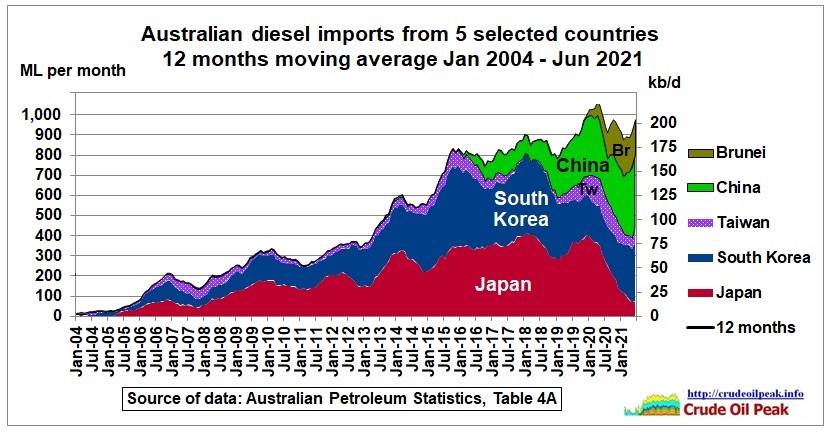 Fig 4: Diesel imports from North East Asian countries and China’s refinery in Brunei
Fig 4: Diesel imports from North East Asian countries and China’s refinery in Brunei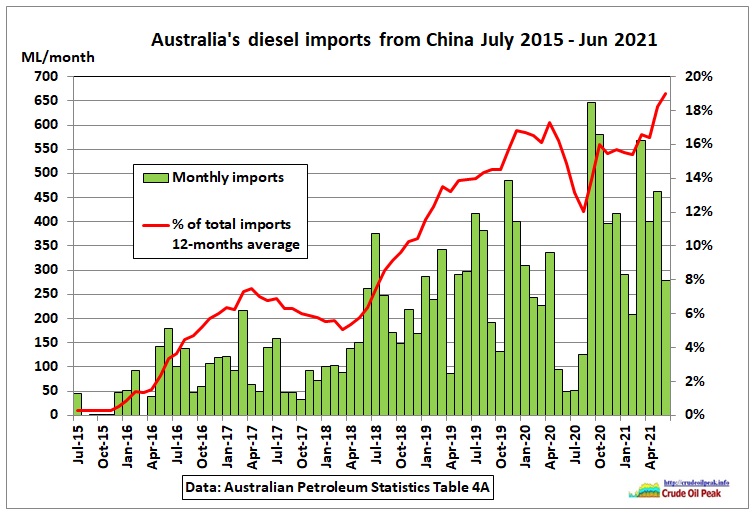 Fig 5: Diesel imports from China
Fig 5: Diesel imports from China Fig 6: Diesel imports from Brunei
Fig 6: Diesel imports from Brunei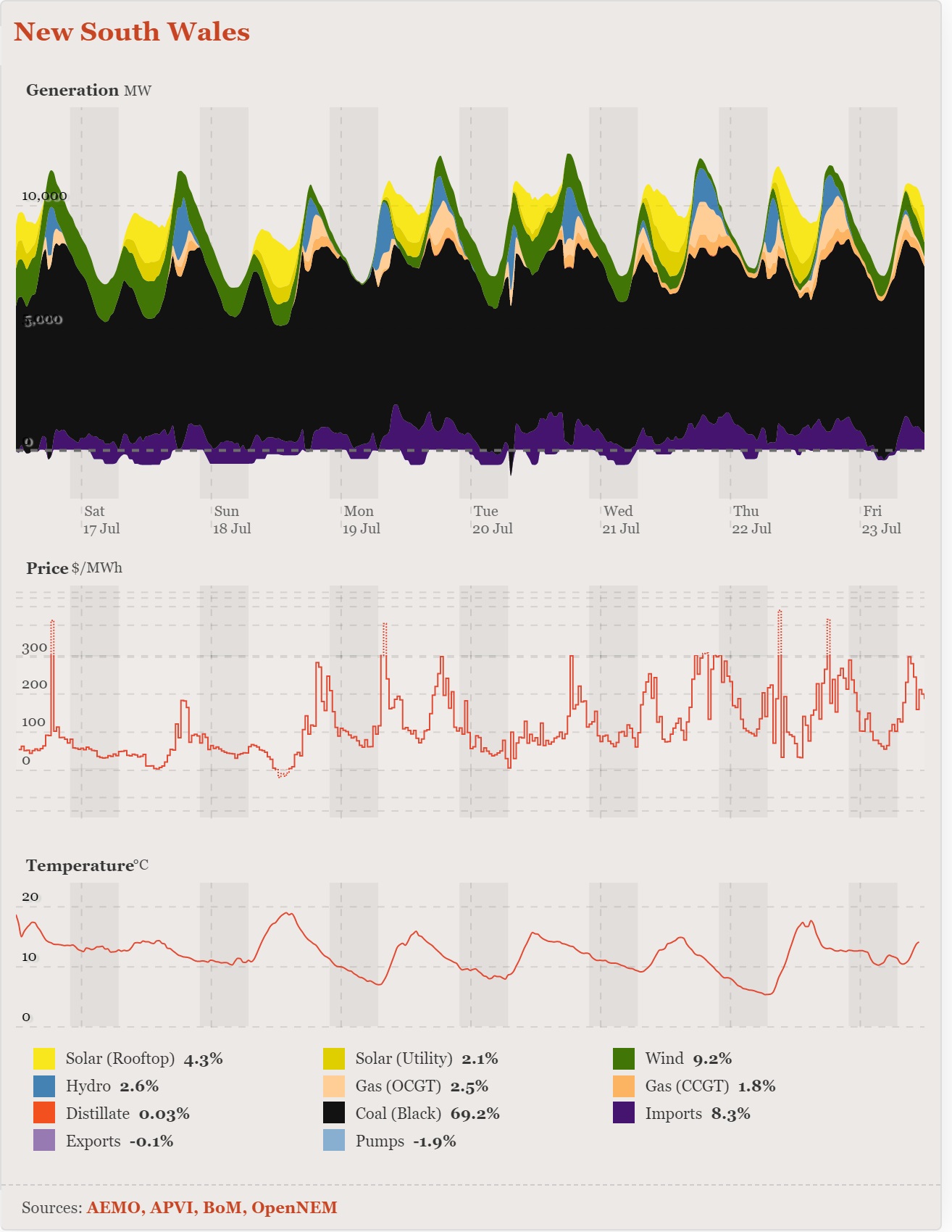 Fig 1: NSW power generation by source of primary energy for 7 days in July 2021
Fig 1: NSW power generation by source of primary energy for 7 days in July 2021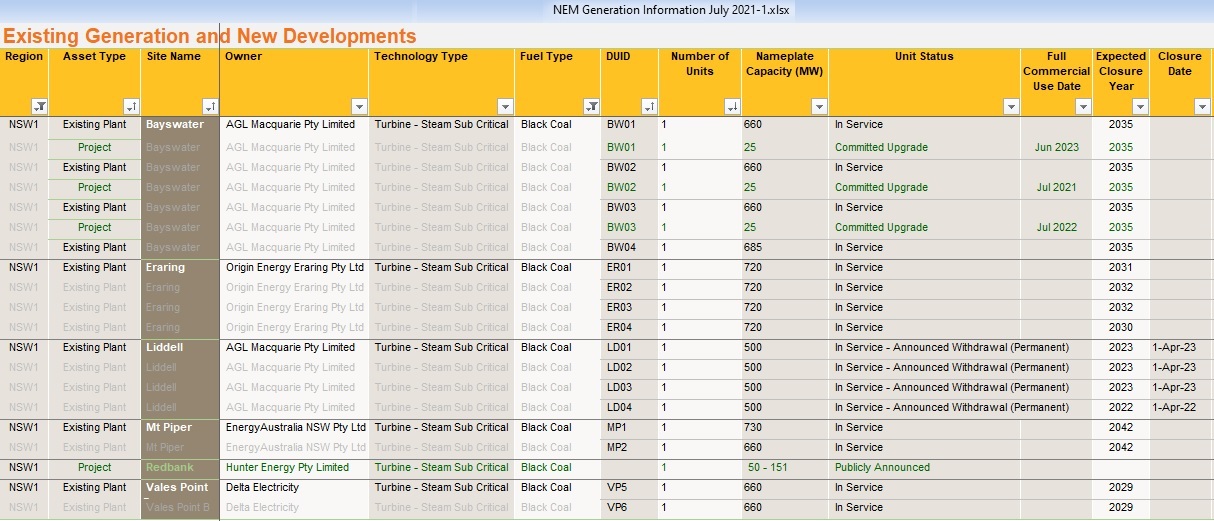 Fig 2: AEMO’s generation information for NSW coal plants (dated 13/7/21)
Fig 2: AEMO’s generation information for NSW coal plants (dated 13/7/21)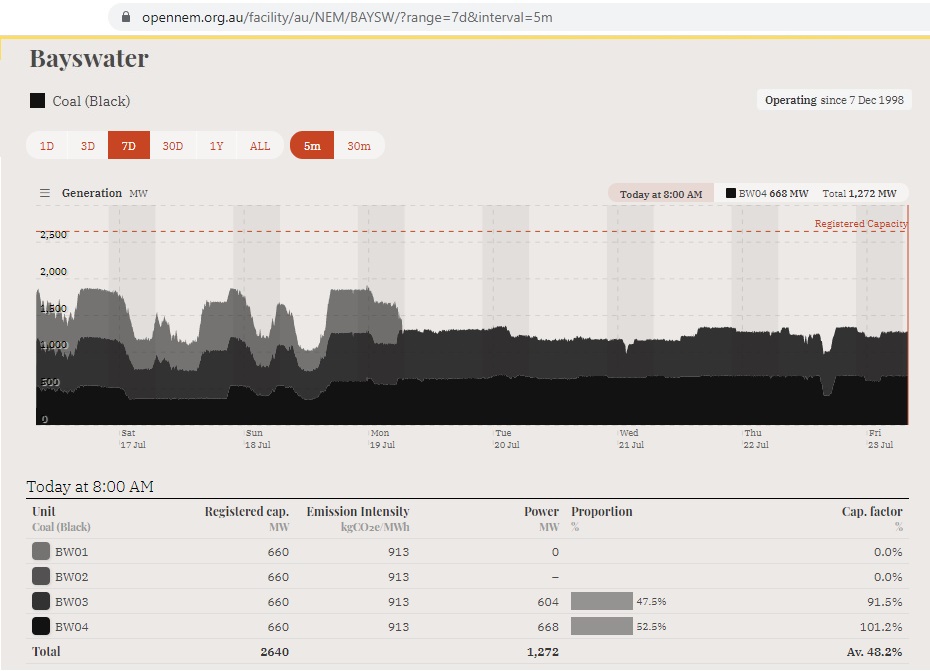 Fig 3: Bayswater: BW02 was not in operation
Fig 3: Bayswater: BW02 was not in operation Fig 4: BW01 stopped on the 19th in the middle of the night
Fig 4: BW01 stopped on the 19th in the middle of the night Fig 1: FPSO (Floating Production Storage Offloading) Petrojarl Foinhaven, 250 m long, 280 kb storage
Fig 1: FPSO (Floating Production Storage Offloading) Petrojarl Foinhaven, 250 m long, 280 kb storage Fig 2: Foinhaven oil production history
Fig 2: Foinhaven oil production history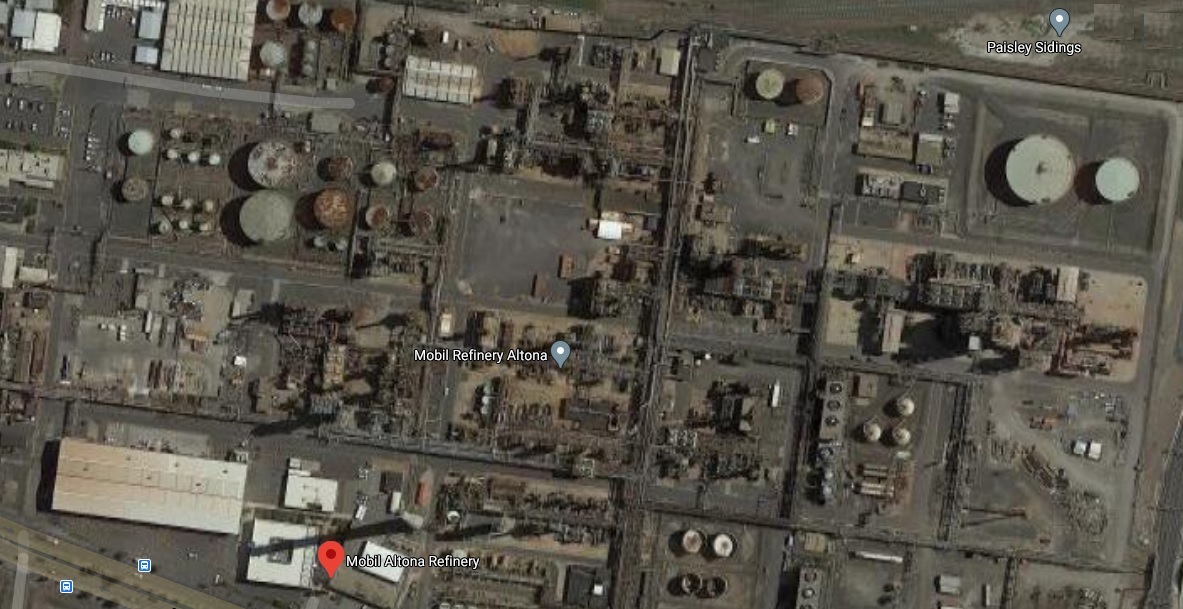 Fig 1: Exxon-Mobil Altona refinery in Melbourne
Fig 1: Exxon-Mobil Altona refinery in Melbourne Fig 2: Exxon Mobil’s refineries in Asia Pacific
Fig 2: Exxon Mobil’s refineries in Asia Pacific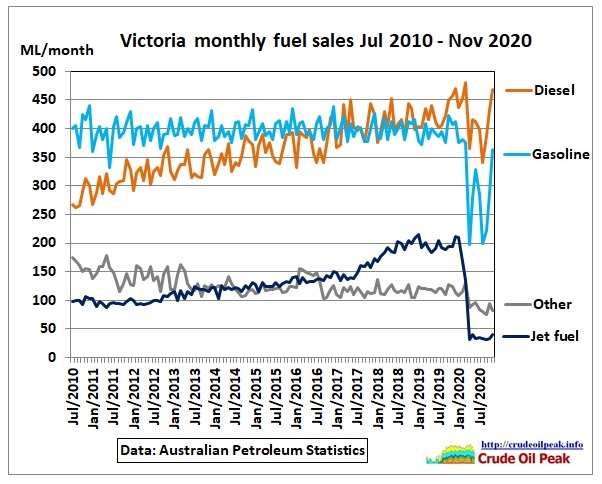 Fig 3: Victoria’s petroleum sales by product
Fig 3: Victoria’s petroleum sales by product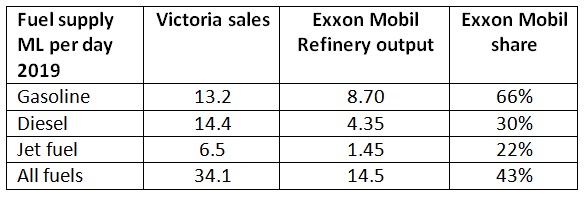
 Fig 4: Total Victoria fuel sales
Fig 4: Total Victoria fuel sales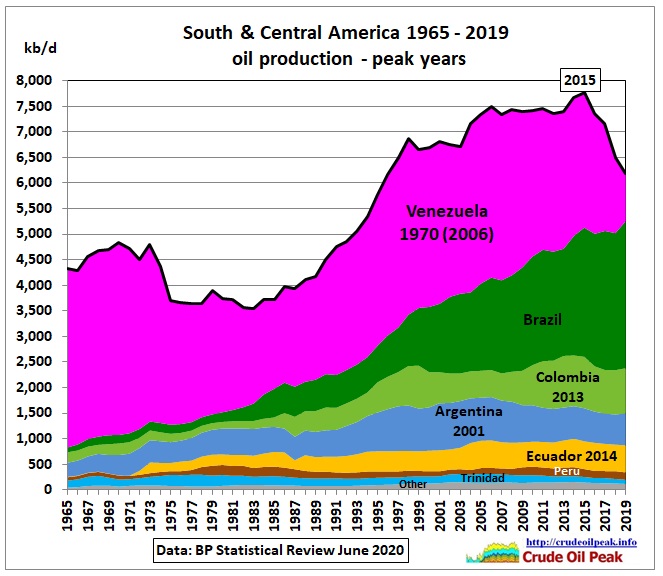 Fig 1: Oil production and peak years
Fig 1: Oil production and peak years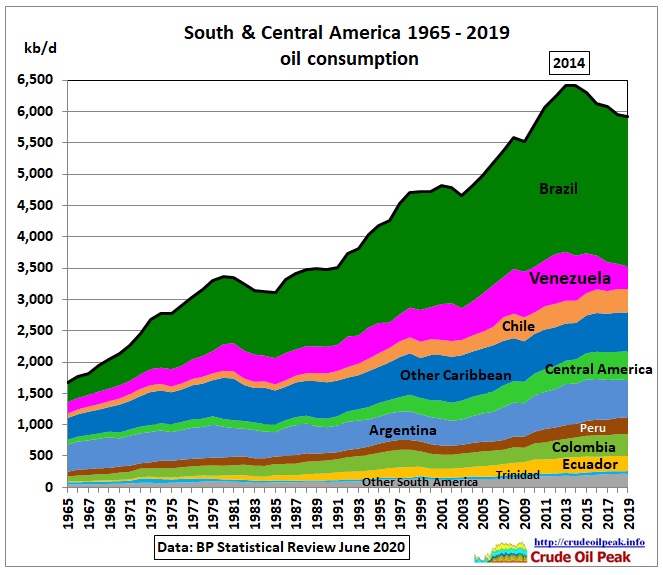 Fig 2: Oil consumption peaked 2014
Fig 2: Oil consumption peaked 2014 Fig 3: Venezuela last peak was in 2006, since then net exports are down to 560 kb/d
Fig 3: Venezuela last peak was in 2006, since then net exports are down to 560 kb/d Fig 4: Venezuela’s oil passing through the Indian Ocean?
Fig 4: Venezuela’s oil passing through the Indian Ocean?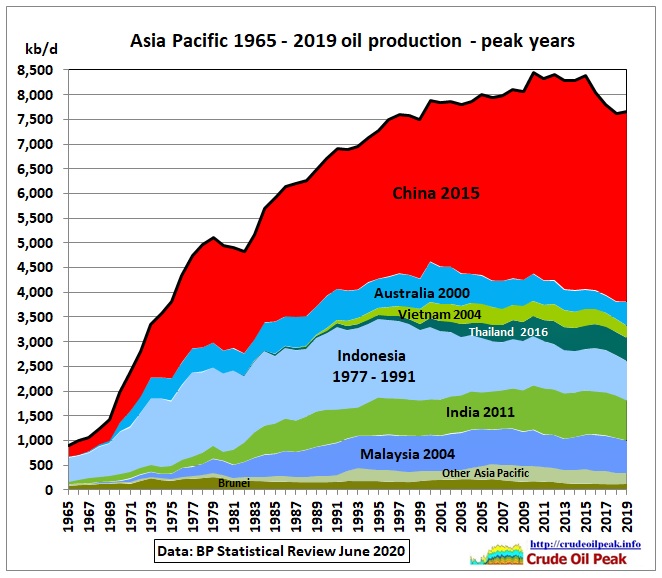 Fig 22: The peak of the largest producer China determined the Asian peak
Fig 22: The peak of the largest producer China determined the Asian peak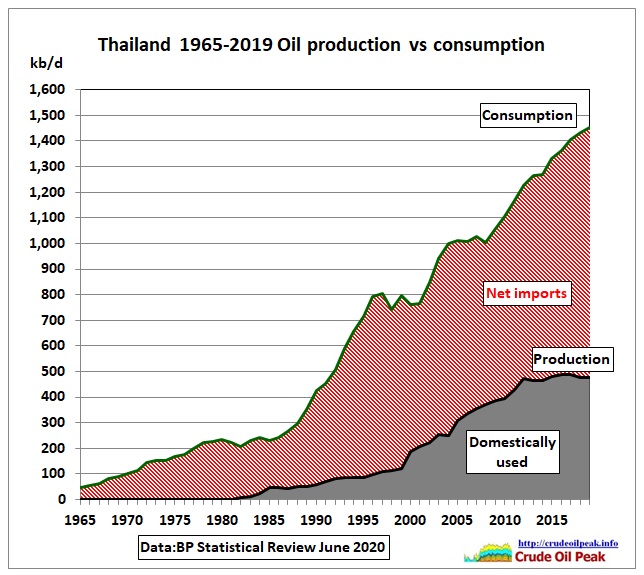 Fig 23: Thailand is the 3rd largest net importer in Asia …
Fig 23: Thailand is the 3rd largest net importer in Asia … Fig 24: … closely followed by Indonesia
Fig 24: … closely followed by Indonesia Fig 25: Indonesia had higher oil consumption growth rates
Fig 25: Indonesia had higher oil consumption growth rates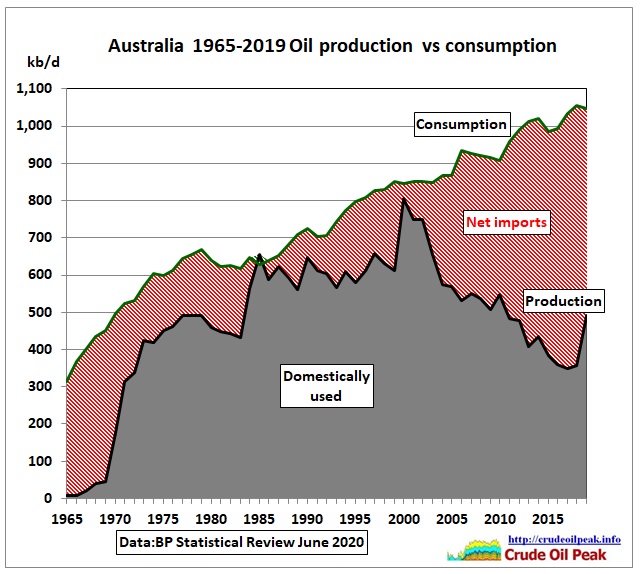 Fig 26: Australia’s net imports have dropped by 150 kb/d in 2019 due to a production increase
Fig 26: Australia’s net imports have dropped by 150 kb/d in 2019 due to a production increase Fig 27: Vietnam experienced a tripling of net oil imports in the last 4 years
Fig 27: Vietnam experienced a tripling of net oil imports in the last 4 years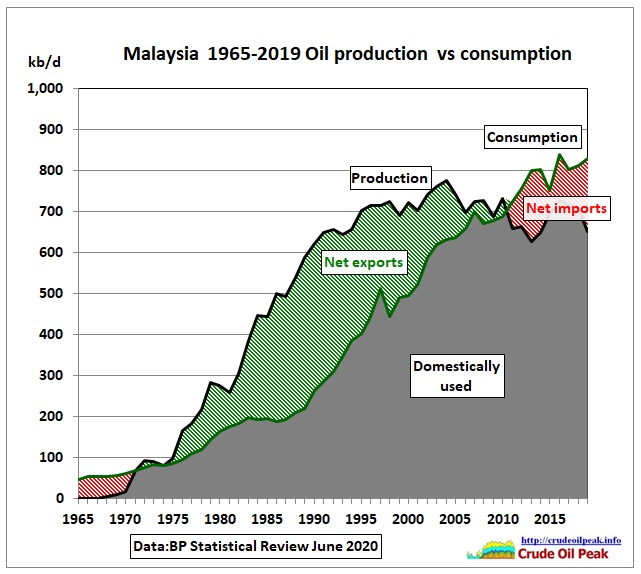 Fig 28: Malaysia is net importer since 2011
Fig 28: Malaysia is net importer since 2011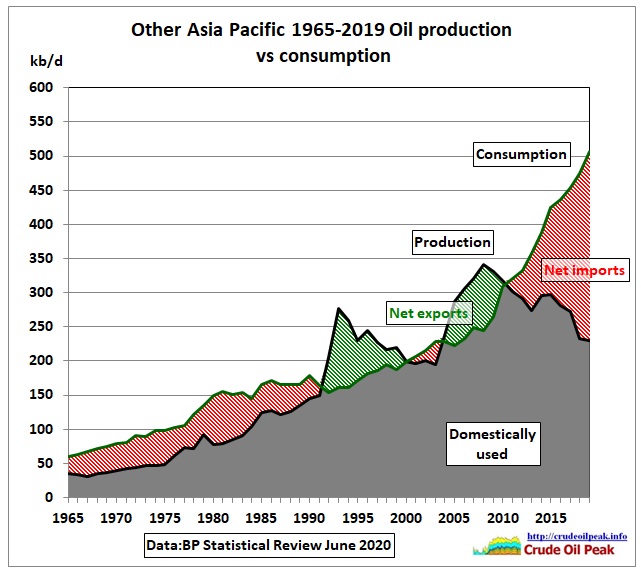 Fig 29: Other Asian countries have doubled net imports since 2015
Fig 29: Other Asian countries have doubled net imports since 2015 Fig 30: By 2010 all these countries had become net oil importers
Fig 30: By 2010 all these countries had become net oil importers